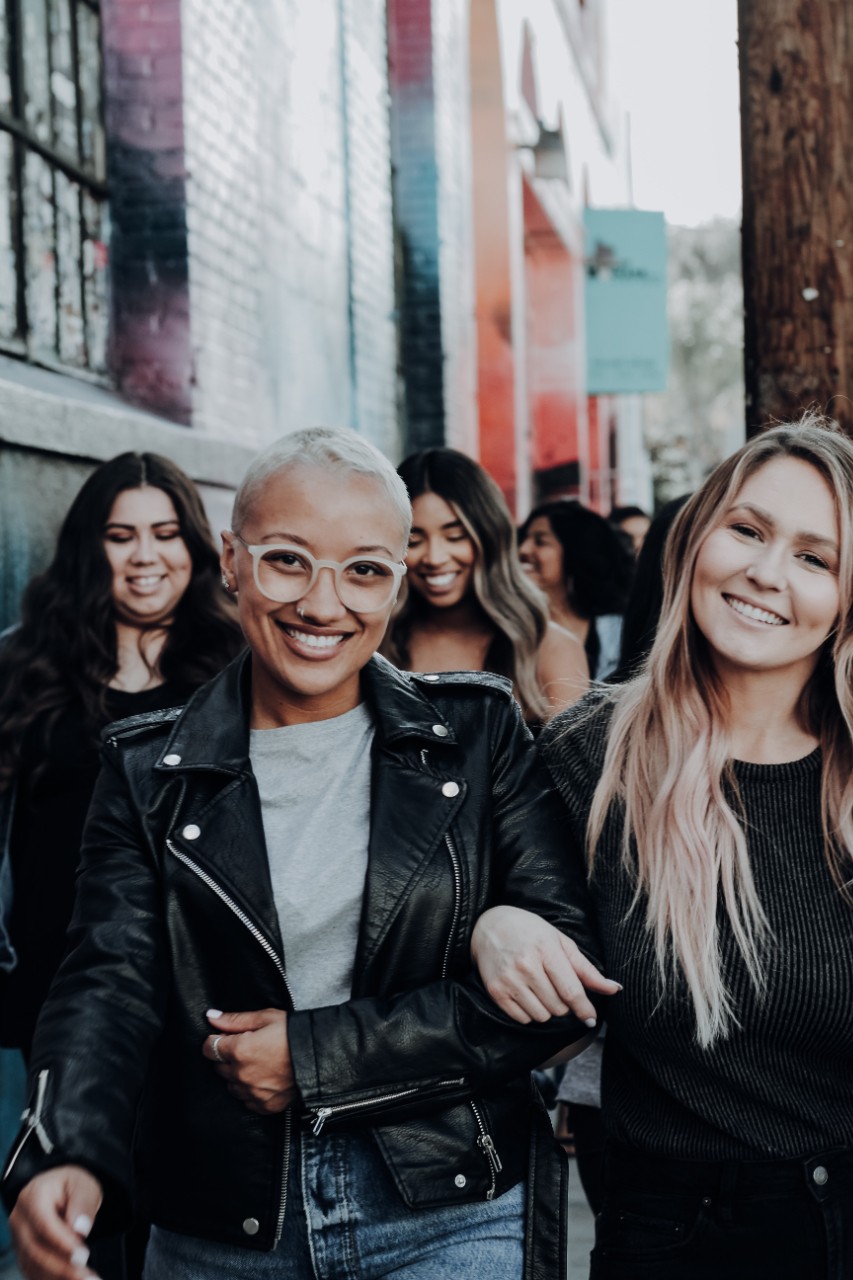Seeing the rise of “pro-ana”[anorexia] TikToks, “perfect body measurement” reels and influencers promoting dangerous diet products, — whilebody positivity videos are being taken down— scares me. I’ve experienced Anorexia and Bulimia in the past, and am now in a period of healing from Body Dysmorphia. It’s taken 10 years and counting to heal from my warped vision of how I “should look”, which is why I really don’t want other people to endure the same,or worse.
There are three main forms of Eating Disorders:
-
Anorexia Nervosa – trying to control your weight by not eating enough food, exercising too much, or doing both.
-
Bulimia – losing control over how much you eat and then taking drastic action to not put on weight.
-
Binge Eating Disorder (BED) – eating large portions of food until you feel uncomfortably full.
The one thing they all have in common is the feeling of control (over food) to better cope with negative emotions and situations. Teenagers and young adults are the most affected, with a myriad of reasons why. Each disorder stems from stress, body dysmorphia and pressures from society which can lead to more serious issues. For women and girls, there is a normalised term for when one loses their period (amenorrhea) and develops osteoporosis (bone loss) due to undereating and overexercising: the “Female Athlete Triad”.
But there’s light at the end of the tunnel.
During my own recovery, there are a few small steps I found to make the biggest impact towards getting better:
1. Cultivate your social media into a positive and influential space
Unfollow anyone who makes you feel bad about yourself, shows toxic behaviour, or just doesn’t inspire you. Swap them for positive and honest influencers, issues you care about, and places you want to visit: anything that makes you feel good! The same goes for your circle of friends in real life. It may be difficult at first but surround yourself with people who care about you as much as you care about them.
2. Cook and exercise with another person (even virtually!).
I have friends who would call me to ask what I had for dinner, or who would even come round to eat with me, then watch a movie or play a game to keep my mind occupied. The same goes for exercise. I learned to know when to stop because my friends would make sure I took breaks and didn’t overdo it. You can ask your friends to do the same!

3. Change the way you think about food and exercise through affirmations and goals.
Instead of thinking “I need to exercise to get thinner”, say “I’m exercising because it makes me feel strong”. Create goals that aren’t weight-related. Throwing out my scales is one of the best things I ever did. Is there a recipe you’d love to learn how to make? Maybe learn to do the splits or lift a heavy weight? Whatever works for you!
Everyone’s recovery is different— which is normal— I’m just relaying what helped me. I went to my doctors and asked for CBT (Cognitive Behavioural Therapy) when I realised how much an eating disorder was negatively affecting my life. And when I say I asked, I mean I went to my doctors and broke down in tears (which is okay!), and they suggested CBT. It really helped. If you think something is even slightly wrong, or if you can relate to any symptoms of any eating disorder, ask for help, you deserve to be happy. The first step is realising that.
Written by Emma Hill




